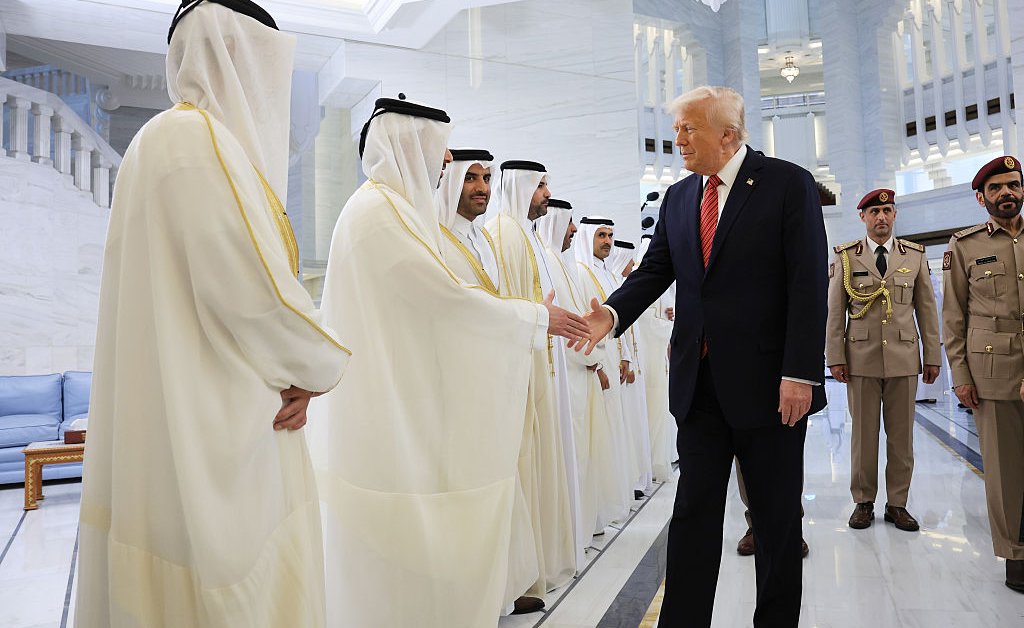President Donald Trump recently concluded his tour of the Middle East, marking a significant shift in the United States’ relations with the region. Starting in Saudi Arabia, Trump secured investment agreements worth billions and signed a $142 billion arms deal. His visit to Qatar resulted in a $96 billion Boeing deal and discussions about Gaza. In the United Arab Emirates, he inked an agreement on AI valued at $1.4 trillion.
One key moment of the tour was Trump’s plan to lift U.S. sanctions on Syria, announced during a meeting with Syrian President Ahmed al-Sharaa. This move, aimed at supporting Syria’s post-Assad era, faces challenges in implementation. Trump urged al-Sharaa to enhance ties with Israel and combat terrorism.
On the topic of Gaza, Trump proposed a U.S. takeover to create a “freedom zone,” a controversial idea criticized by world leaders. Additionally, discussions about a potential nuclear deal with Iran unfolded during the tour, with Iran expressing readiness to sign if conditions, including lifting sanctions, are met.
As Trump returns to Washington, his Middle East tour has set the stage for potential shifts in U.S. foreign policy in the region, with significant agreements and diplomatic moves paving the way for future developments.

